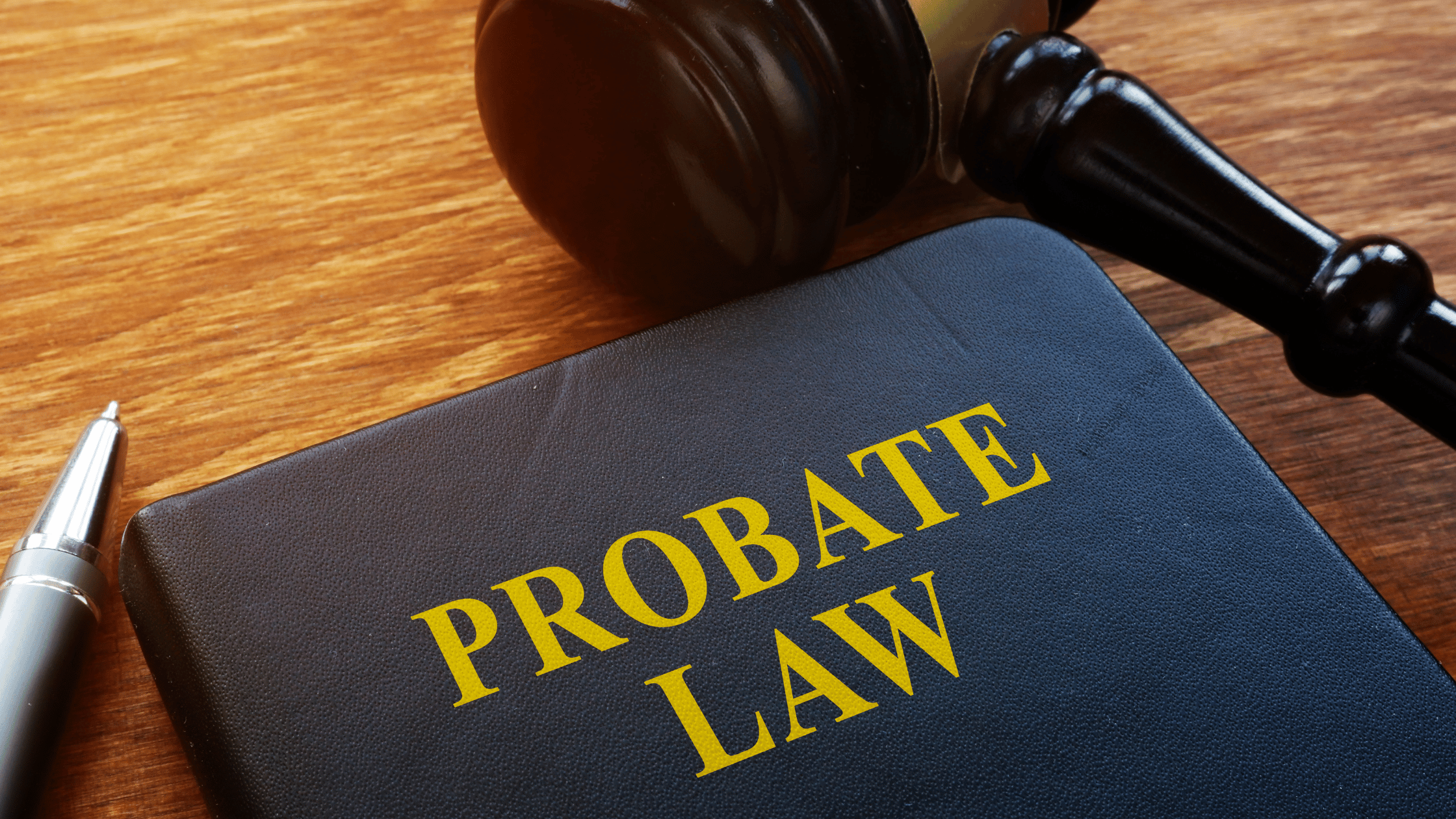It has recently been made possible to apply for a caveat online which has led to a surge in entries. However, it is altogether more challenging to remove a caveat. Here we investigate the processes and options available.
What is a caveat?
A caveat is a notice used to prevent a grant of probate from being issued by the Probate Registry.
It is entered by a caveator to show that a grant of probate should not be issued without the caveator being notified. The caveat will alert all probate registries not to issue a grant until the caveat is removed.
When is it appropriate to use a caveat?
It is crucial to understand that a caveat should only be used when:
- there is a dispute as to the validity of a will,
- there is a dispute as to who should administer the estate,
- where it is believed that there may be a valid will, but this has not yet been found.
The purpose of entering the caveat is to stop an application for a grant to provide time to investigate whether there are grounds for opposing the grant. The caveat is effective for six months from the date of entry and thereafter may be renewed every six months.
When is a caveat inappropriate?
A caveat should not be used to obstruct the administration of the estate. It is inappropriate where a person intends to bring a claim under the Inheritance (Provision for Family and Dependants) Act 1975. The correct procedure for such claimants is to make a standing search which notifies the applicant once a grant of probate has been issued after which they have six months within which to make a claim under the Act.
What happens after a caveat is entered?
After a caveat is entered and an application for a grant is received by the Probate Registry, both the caveator and personal representatives are notified. The personal representatives can then issue and serve a warning giving the caveator 14 days to either: –
- Lodge an appearance setting out their contrary interest in the estate
This is not a physical appearance but is a written response which details the nature of the interest that conflicts with the person who issued the warning. For example, the caveator may be a beneficiary under a previous will and believe that the will is not legally valid. If the caveator enters an appearance to the warning, no grant can be issued without an order of the court. Subsequently, parties either negotiate an agreement or the caveator will issue a probate claim. If the parties come to an agreement, a summons for discontinuance of the caveat must be issued for an order to remove the caveat.
- Issue and serve a summons for directions
This is appropriate where the caveator has no contrary interest but still objects to the sealing of a grant. At the hearing, if the court is not satisfied the caveator has sufficient reason to object to the issue of the grant, it will direct that the caveat should cease to have effect. This is the usual process where the dispute concerns who is entitled to the grant rather than the contents of the will.
- Do nothing (non-appearance)
If the caveator does nothing within the 14-day period, the person who issued the warning can file an affidavit as to service of the warning and the caveat will then cease to have effect.
- Withdraw the caveat
The caveator may voluntarily withdraw their caveat at any time before they enter an appearance to a warning.
Once an appearance has been entered the issue of costs cannot be ignored as it requires a formal process to remove the caveat. Additionally, there is a chance that a party may become liable to pay not only their costs but the costs of their opponent as well. For this reason, we recommend that personal representatives seek advice at the outset.
The author, Alistair Rustemeyer, qualified as a solicitor in 1994 and an accredited mediator in 1999. Alistair is a member of the Association of Contentious Trust and Probate Specialists and is highly specialised and experienced in advising clients across a range of contested probate and Inheritance Act claims. For an initial free discussion please contact Alistair at alistair.rustemeyer@cognitivelaw.co.uk or call 01273 044516.
